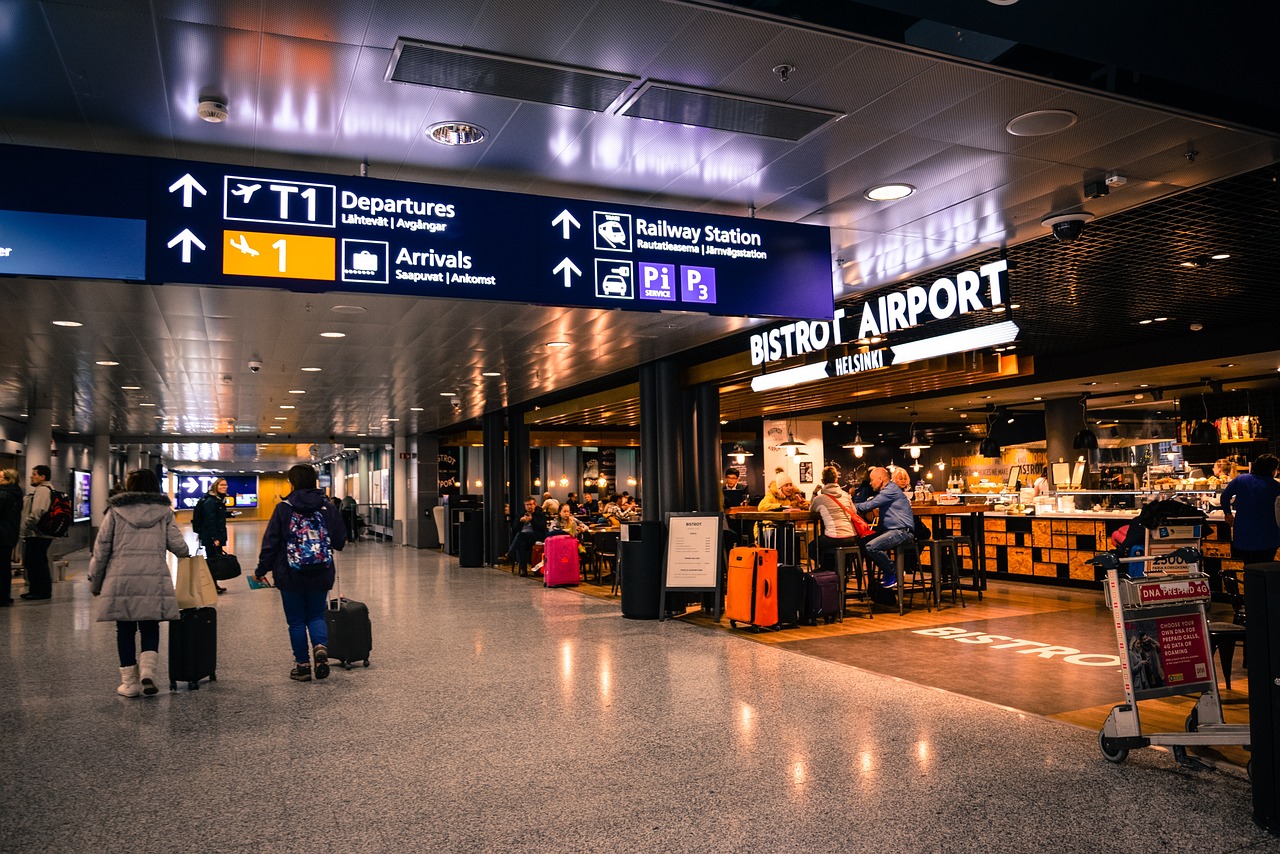
When buying is all about what excites and entices you, duty-free shopping is an integral part of travel adding that extra zing to flying. Duty-free shopping always been linked to tourism flow, is finally back with a bang after post-pandemic with travel restrictions waning. Globally, duty-free markets had plunge almost 70 per cent in 2020 when pandemic was raging everywhere.
The global duty-free market for premium products has always been driven by Asian travellers, especially from China, which after reopening borders in 2023, has drastically pushed up sales in the Asia Pacific markets. China’s imposition of zero-tolerance policy with strict lockdown before 2023 impacted both regional and global duty free markets especially, luxury goods retail as there is no similar scale of spending compared to Chinese consumers.
China duty-free retail to see big growth
As per Euromonitor International, the world's leading independent provider of strategic market research, China’s outbound duty-free spending was around $11 billion market in 2019 before the pandemic which made up almost 20 per cent of global outbound duty-free expenditure sales. After a drastic fall in sales, the global duty-free market is expected to get back to 2019 levels by 2025 with a forecast of $168 billion by 2027.
The focus is now on continued growth of a high-tech retail market where no VAT or duties are imposed unlike city stores and it supports transport modes through financial contributions while encouraging global tourism by sea, air and land with shopping incentives. Middle-class travellers are the ones increasing sales the most by using digital mediums such as Paypal, Paytm and Alipay for their duty-free shopping.
However just lifting travel restrictions in China in January 2023 has not spiralled duty-free shopping like a volcano as Chinese consumers are also shopping domestically in duty-free stores in places like Hainan Island, which is the most happening luxury brand shopping destination post-pandemic. Many premium retail brands have established their presence through omnichannel, immersive, as well as in-store experiences here to appeal to high-end Chinese consumers. Domestic duty-free shopping has boosted local consumption in China and the government is focussing on setting up and diversifying the duty-free shopping channel in other places besides Hainan.
Convenience, discounts attract shoppers
Analysts say, the convenience factor of duty-free shopping is an important purchase driver for senior citizens clocking around 36 per cent and at around 23 per cent for both Gen Z shoppers and leisure travellers. Another important purchase driver in travel retail in 2021-22 was consumer loyalty to brands, which is highest for the senior age group at 30 per cent and women at 26 per cent, as they do not switch loyalties easily.
The duty-free outlets at travel points such as airports, ports, railway stations, and big hotel need to stock a more versatile product portfolio in fragrances, beauty products, bags, shoes and fashion garments to be able to compete with regular city stores. As per Allied Marketing Research, global duty-free retailing market was valued at $33.7 billion in 2021 and is projected to reach $94.2 by 2031, moving at a CAGR of 10.6 per cent in around 10 years. However, the current geopolitical situation with the Ukraine war and trade tensions between China, the US and Europe and other countries may hamper duty-free product sales in the near term.
What’s more, global travel is still not back on track post-pandemic that deters the infrastructure of airports and maritime companies as duty-free shopping makes their world go around. The apparel industry now needs to focus on a more versatile premium product portfolio with distinctive and discounted prices for travellers which will further maximise revenues and support the maritime and aviation transport infrastructure which has finally once again taken flight.












